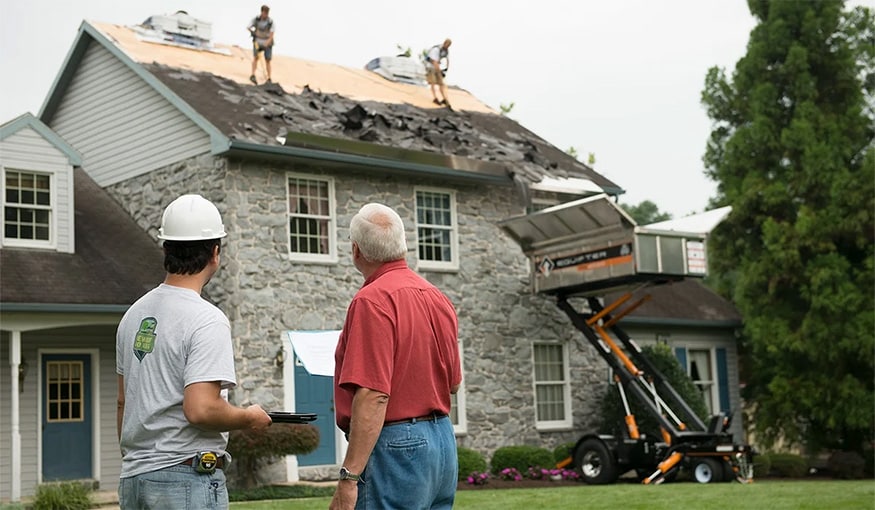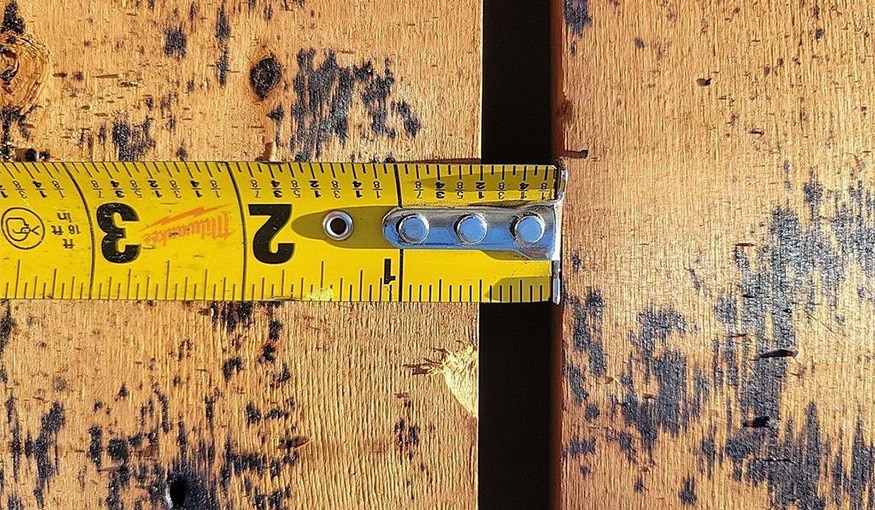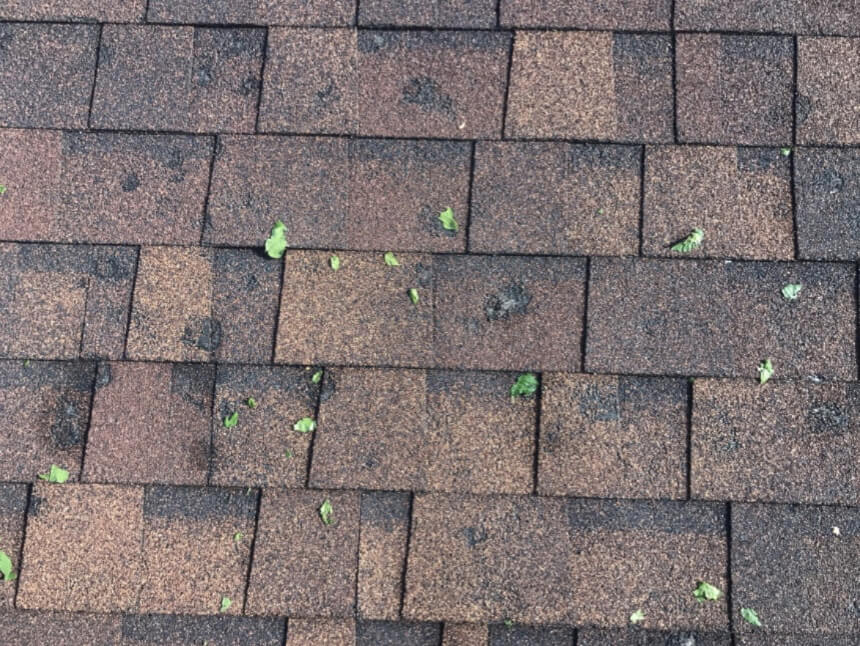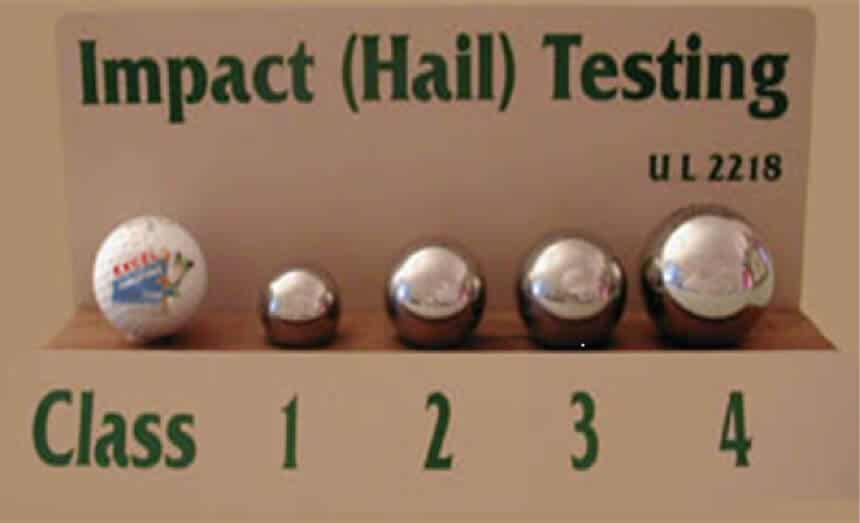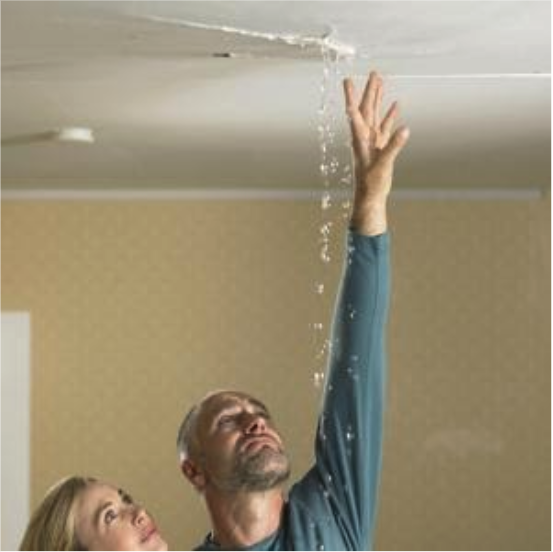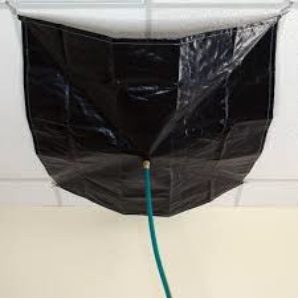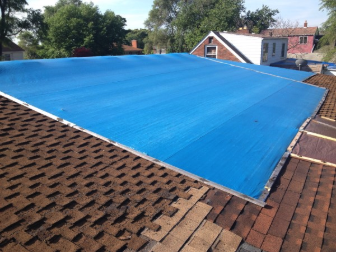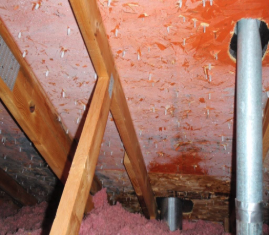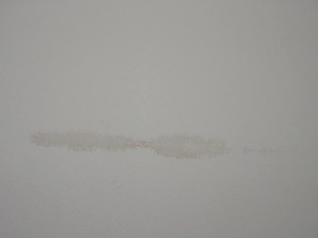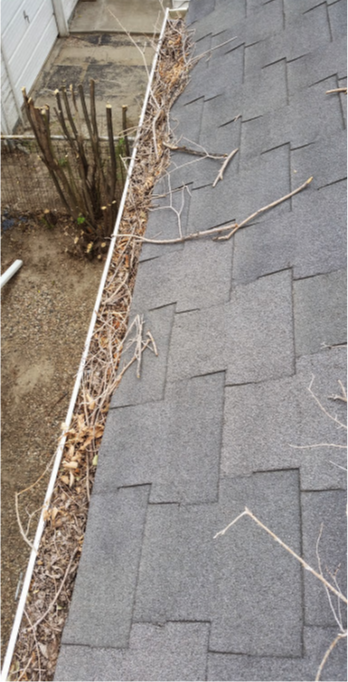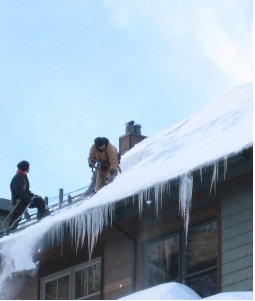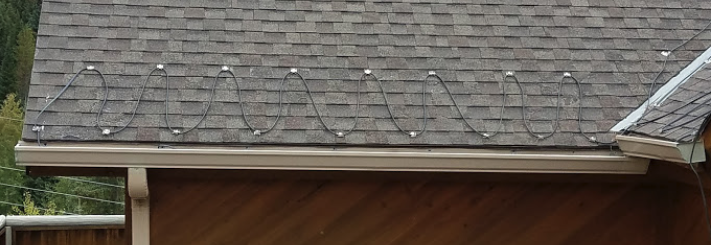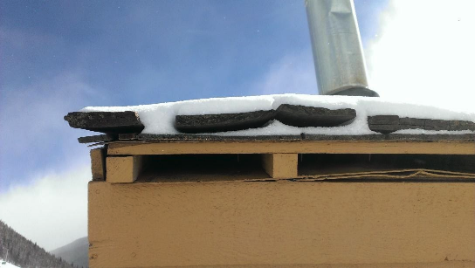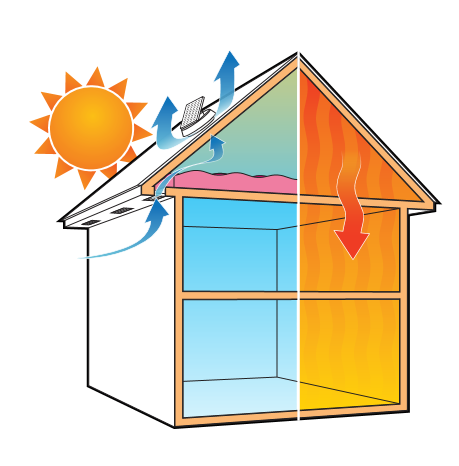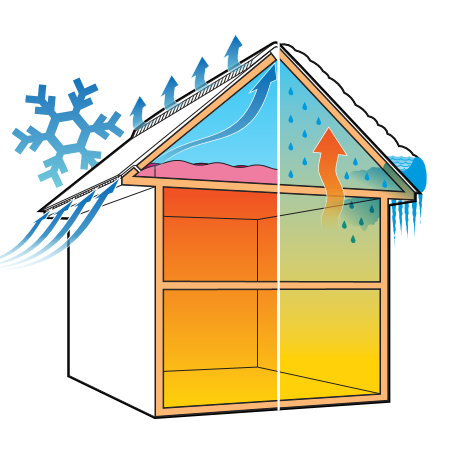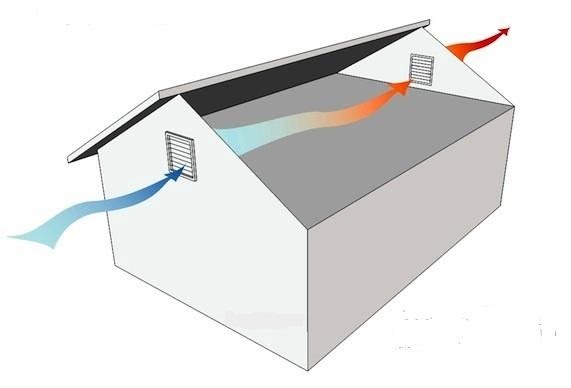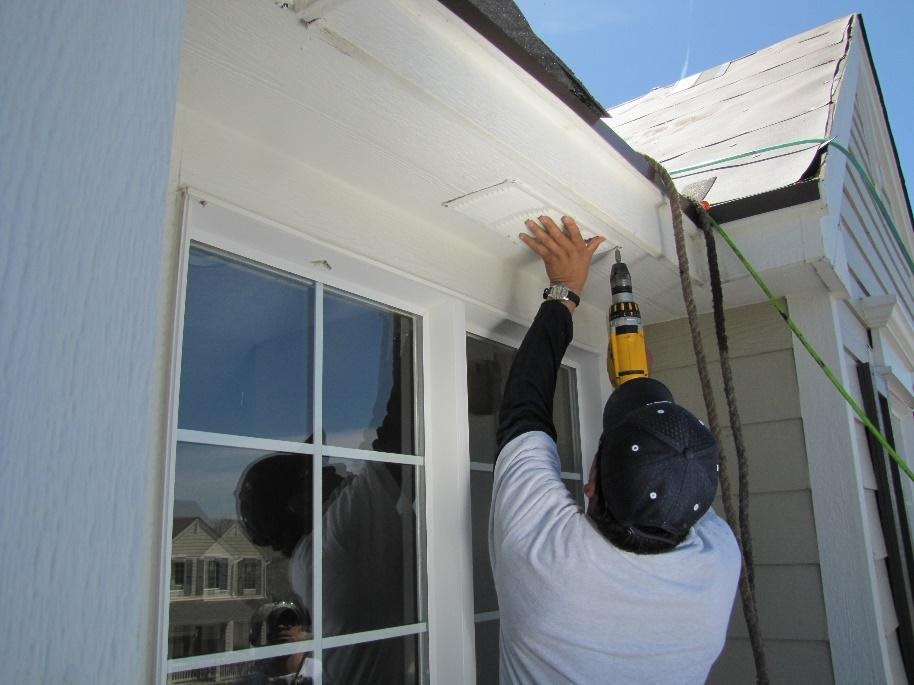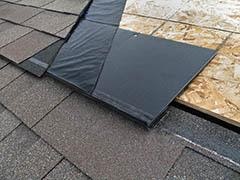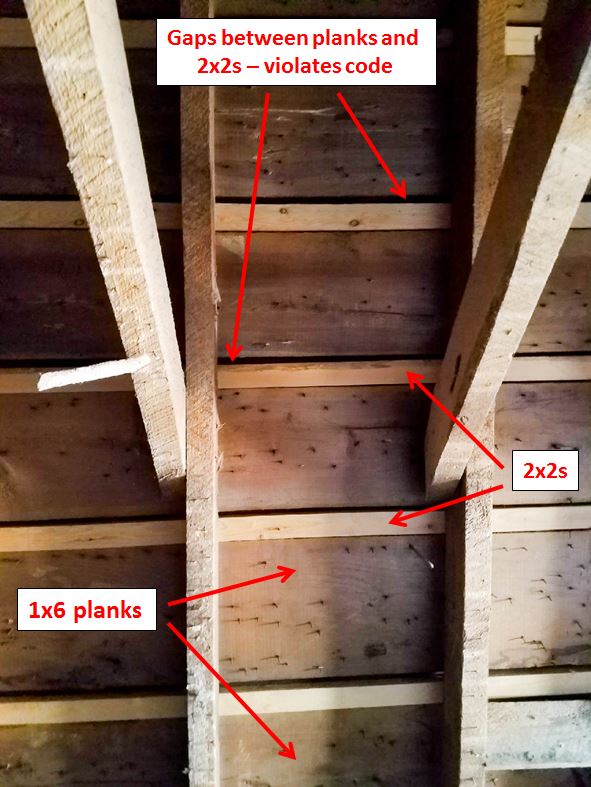Do I Need to Replace My Roof Before Winter?
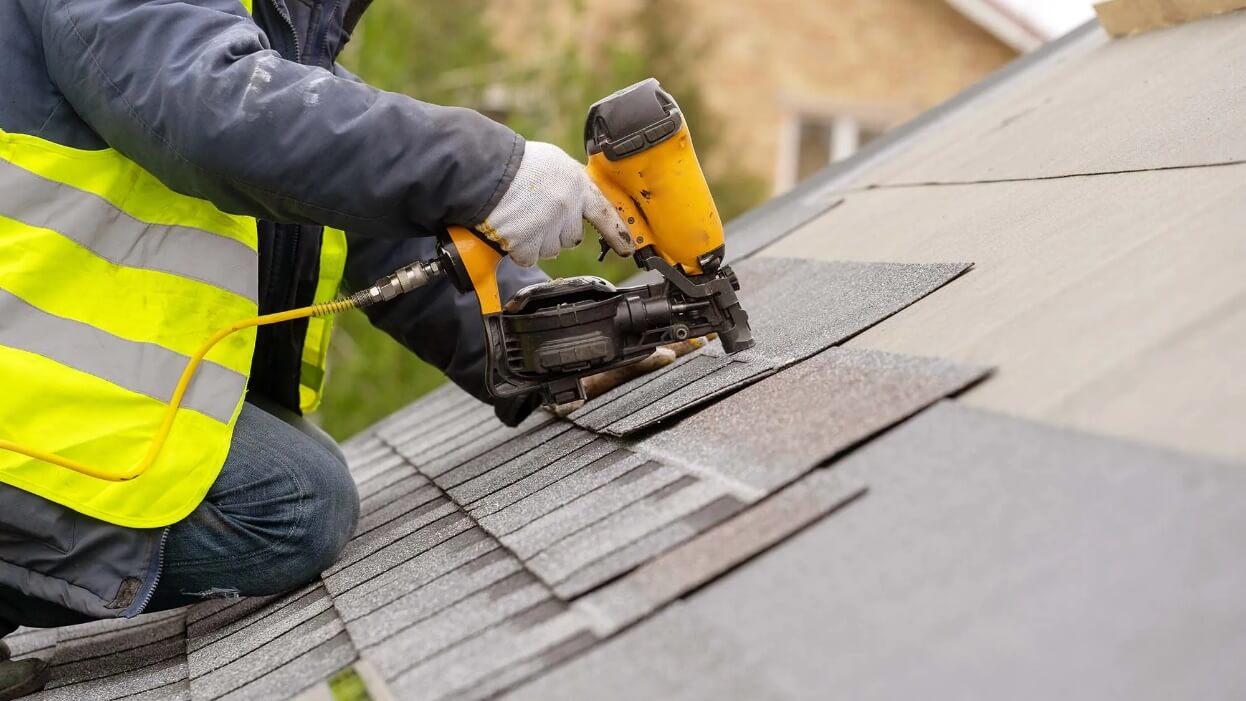
As winter approaches, many homeowners begin to worry about the condition of their roofs, especially if they’ve experienced hail damage. Hailstorms can be incredibly destructive, leaving behind a trail of dents and bruises on your roof. But IS it absolutely necessary to replace your roof before winter if it has hail damage?
Short Answer: No, no immediate replacement may be required.
The short answer is that you may not need to rush into replacing your roof immediately if it has hail damage. Hail damage can be unsightly, but it doesn’t always mean your roof will start leaking during the winter.
Here are some key factors to consider before making a decision:
If your roof is not currently leaking, it’s a good indication that it can still provide adequate protection during the winter. In many cases, hail damage won’t lead to immediate leaks, as the shingles are designed to withstand various weather conditions.
Typically, an insurance claim for hail damage is valid for one year. If you have recently experienced hail damage, your claim should still be active, and you can replace your roof in the spring. Additionally, you can often extend the claim by notifying your insurance company, giving you more flexibility in scheduling.
If you live in areas like Colorado and Wyoming, where winters can be mild or unpredictable, roofing work can be done throughout the winter months. The key is to evaluate the severity of your local winter conditions before making a decision. A milder winter may allow for roofing projects, while a harsh winter may be more challenging.
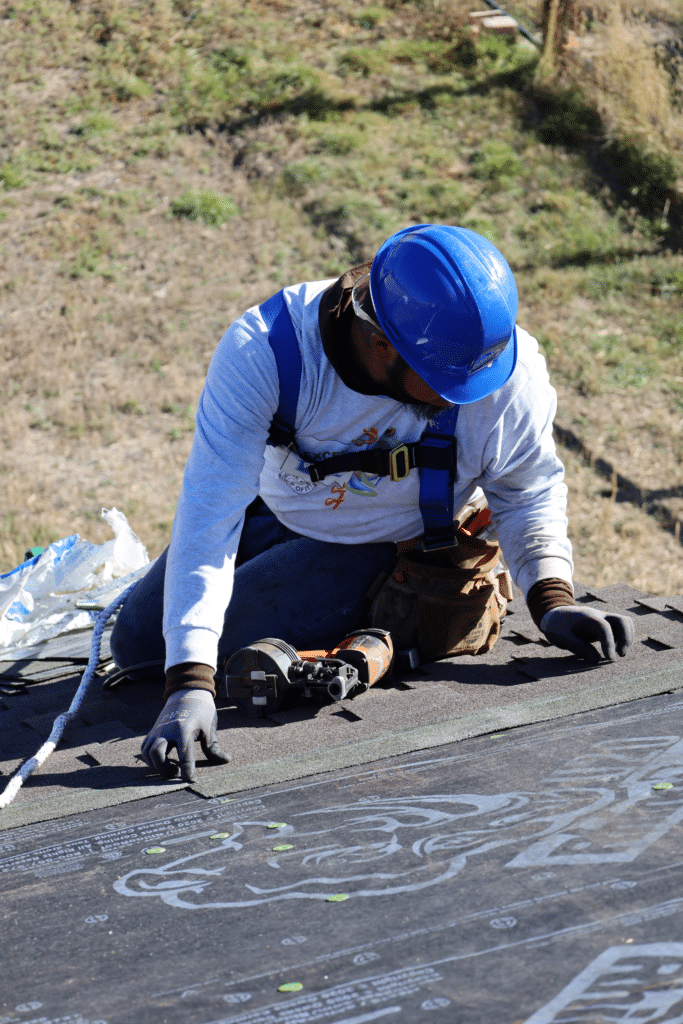
Common Winter Roofing Concerns
While it’s possible to roof during the winter, there are a few factors to consider:
Roofing during the winter, especially in open plains areas, can be tricky. Dust and dirt can blow under the shingles, preventing them from sealing down properly. This could lead to problems in the long run. Therefore, it’s important to ensure a clean and dust-free environment.
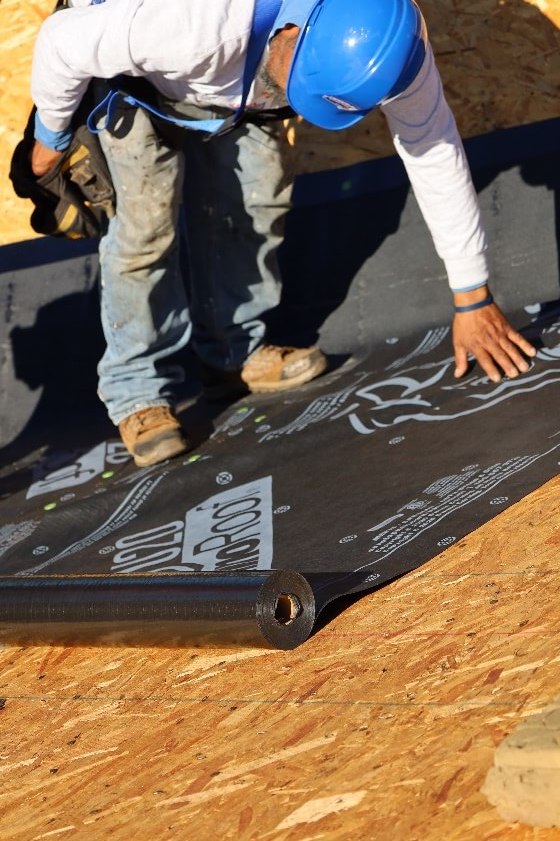
To avoid complications, ensure that your insurance claim remains active. The last thing you want is for your claim to expire before you get the necessary replacement done. Keep communication open with your insurance company to ensure you have the coverage you need.
If your roof has hail damage, there’s no immediate need to replace it before winter. The presence of hail damage doesn’t necessarily mean your roof is on the brink of failure. The decision to repair or replace your roof should be based on the extent of the damage, your current insurance claim status, and the specific weather conditions in your area.
If you end up having your roof repaired or replaced during the winter, it can be perfectly fine, provided you address the two critical concerns:
-
- Ensure that no dust or dirt gets under the shingles during the installation to guarantee a proper seal.
- Keep your insurance claim active and consider extending it if necessary.
In the end, the best course of action is to consult with your Project Manager who can assess the damage and provide expert advice tailored to your situation. They can help you determine whether a winter roof replacement is feasible or if it’s best to schedule the work for the spring. In any case, addressing hail damage promptly is essential to maintain the long-term integrity of your roof and protect your home.





